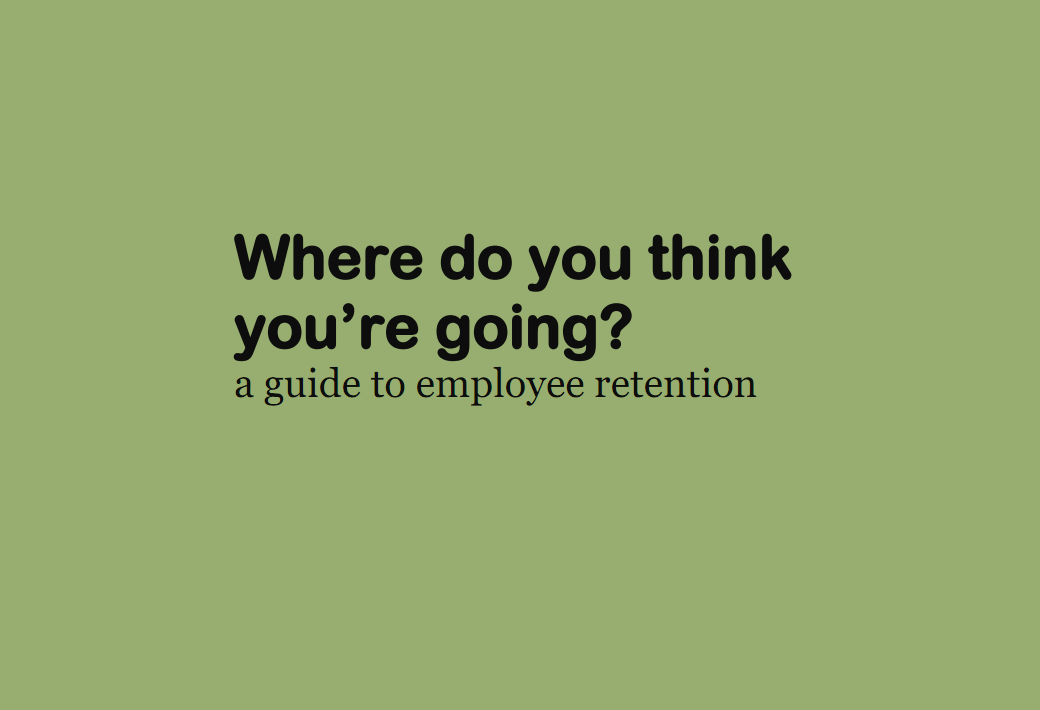 Today we have a guest post from Claudia Vandermilt on conflict resolution in the workplace. By the way, if you’re local to the Huntsville area, make sure you check out our April lunch meeting on the very same topic. You can find more information on the NASHRM homepage.
Today we have a guest post from Claudia Vandermilt on conflict resolution in the workplace. By the way, if you’re local to the Huntsville area, make sure you check out our April lunch meeting on the very same topic. You can find more information on the NASHRM homepage.
In a perfect workplace, everyone would work together in peace and harmony – there would be no politics, disagreements or differing opinions. However, no such workplace exists; conflict is a normal part of daily life and doing business, as each employee has a different view on the world (which is also what makes a business successful). It\’s also a typical challenge for HR.
HR professionals, like yourself, must work hard to create a work environment that allows employees to grow and thrive, and to work together without tension. It\’s your job to ensure that interoffice conflicts don\’t escalate into interpersonal conflicts, so intervention is necessary. Your HR knowledge, management and mediation skills play a critical role in getting employees back to being productive.
From your perspective, conflict within the workplace should actually be considered neutral territory. Your job is to take into consideration the individual, their concerns and the policies of your organization. While addressing conflict is often not an enjoyable part of being in an HR role, it is an aspect that cannot be ignored.
Conflict Resolution vs. Conflict Avoidance
Determining precisely when to intervene in an employee conflict is tricky, but leaving a conflict totally unresolved can greatly harm productivity and teamwork. Addressing conflict isn\’t easy, but giving employees the opportunity to be heard can have positive results for the staff and organization. In a supportive environment, employees experience higher morale and file fewer formal grievances, as they feel validated and appreciated.
Because most conflicts can be resolved quickly and fairly, it\’s best to address them early. Waiting too long or avoiding the conflict altogether only adds to the tension and could even escalate the grievance. Â When faced with the challenge of conflict resolution, consider the pros and cons of intervention:
Pros
Dealing with conflict resolution results in:
- Stronger relationships
- Builds teamwork
- Diffuses anger
- Encourages problem solving
- Re-focuses employees toward results
- Conveys a positive environment
- Encourages open communication
Cons
Avoiding conflict results in:
- Defensiveness
- Discourages productivity and teamwork
- Damages relationships
- Creates hidden agendas
- Drains energy and morale
- Produces stress and animosity
- Harbors workplace chaos and negativity
In your role, you have the ability to create a positive, supportive work environment that opens communication and enables employees to achieve success. Swiftly dealing with workplace conflict creates a harmonious environment that motivates employees and encourages creativity, willingness and loyalty.
Claudia Vandermilt works in conjunction with Villanova University and University Alliance to promote professional training materials. She\’s currently enrolled in Mastering Organizational Effectiveness through Villanova because there\’s little else more challenging than remaining organized.
 New email service
New email service

